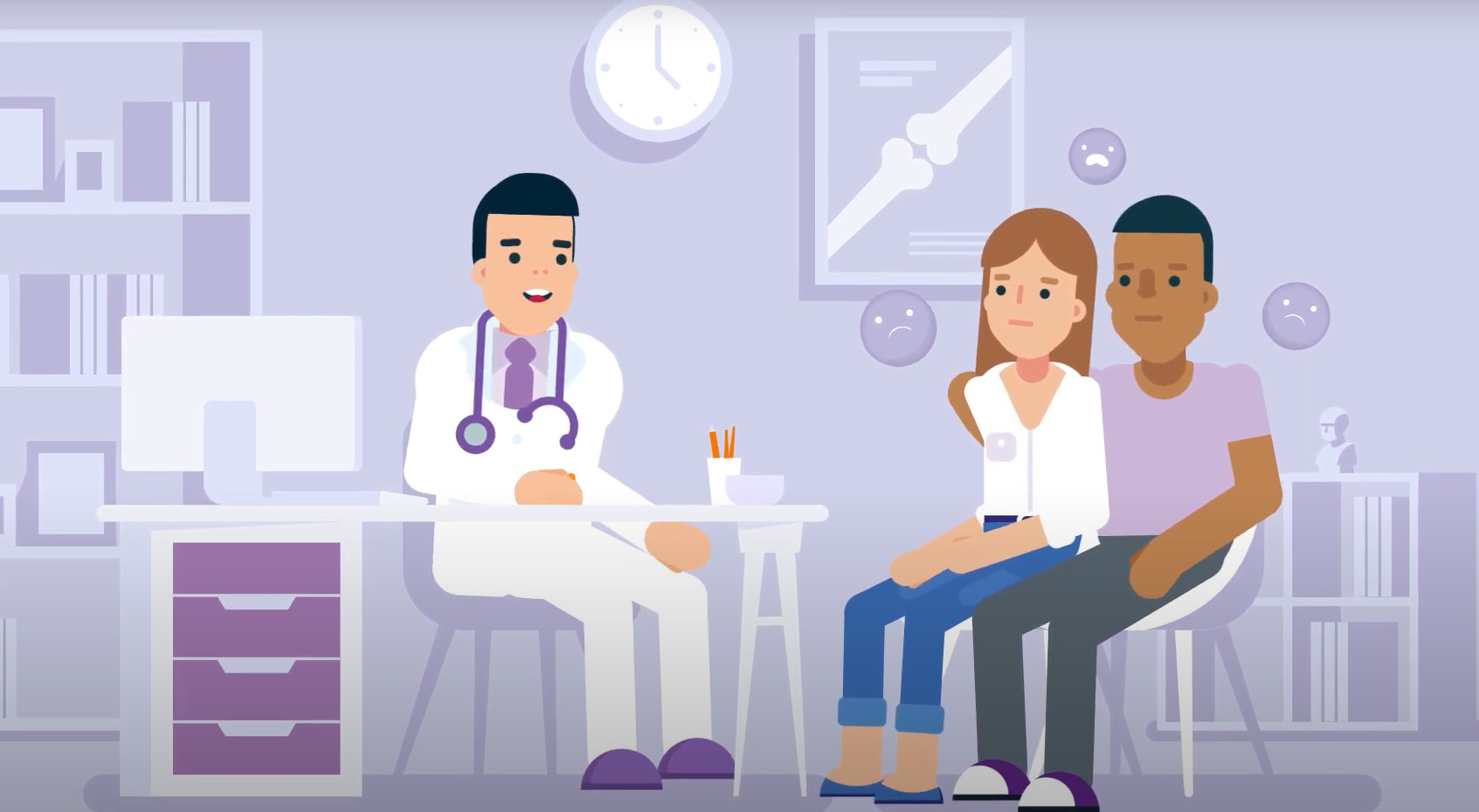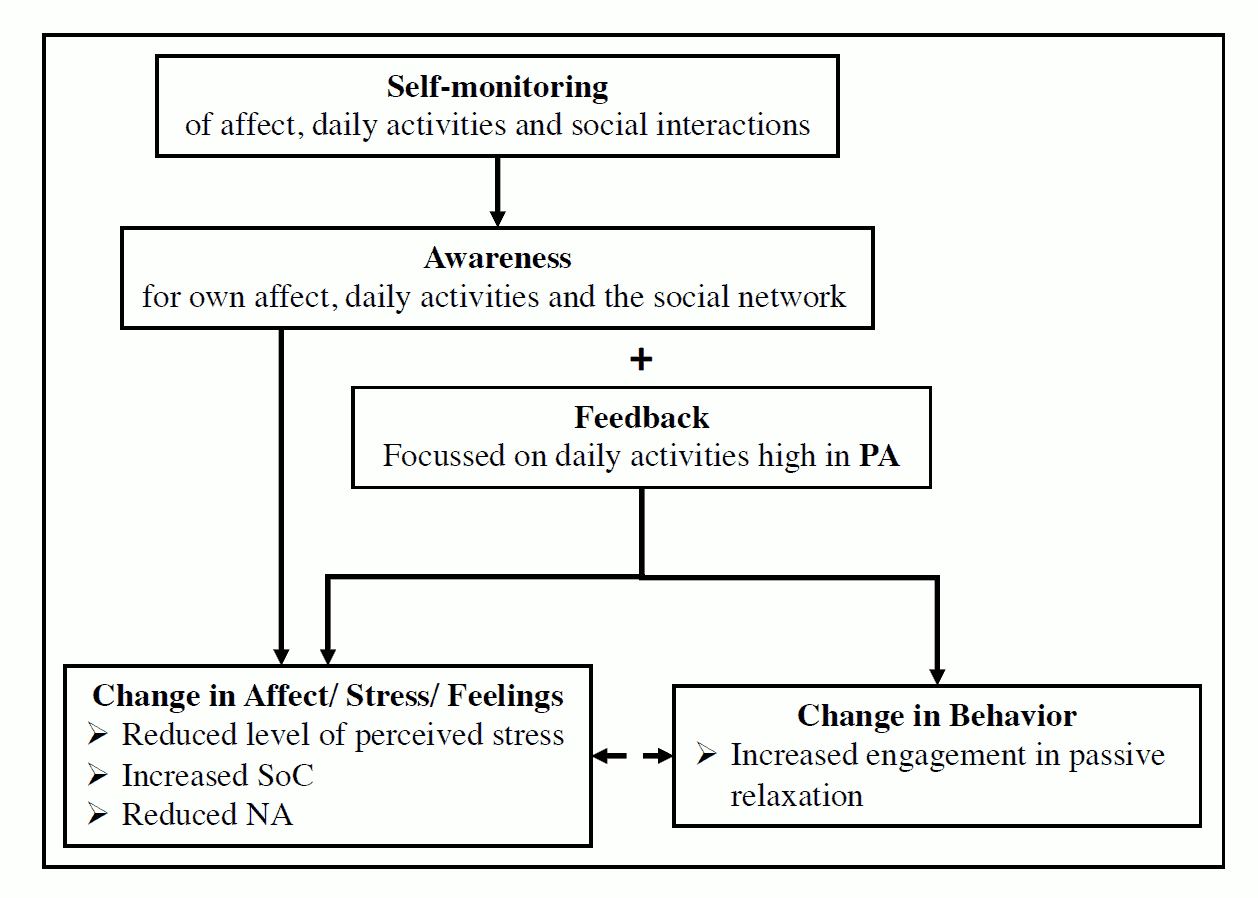Everyday fluctuations
Guidance
Consider using smartphone-based experience sampling apps to measure everyday fluctuations of variables such as mood, behaviors, or cognition in people with mild cognitive impairments or carers of people with dementia to better understand variations in daily experiences.
Explanation and examples
The ‘Partner in Sight’ intervention for carers of people with dementia, the ‘Monitor-Mi’ study (feasibility of the experience sampling method (ESM) in people with MCI), and the development of two cognitive tasks (mDSST; mVSWMT), all included the experience sampling method (ESM). These studies are first steps towards a better understanding of and support for people with cognitive impairments, such as MCI or dementia, and their carers in everyday life.
The results indicate positive effects on carers’ well-being, feasibility of using the ESM in people with MCI, and internal validity when assessing momentary cognition in healthy older individuals. The experience sampling method has a high ecological validity with a reduced memory bias, allows to see fluctuations, and uncovers a complex picture of affect, behaviour, and other variables in everyday life. It can be used to increase awareness of own daily patterns and motivate behavioural changes towards more meaningful activities.
Read more >


